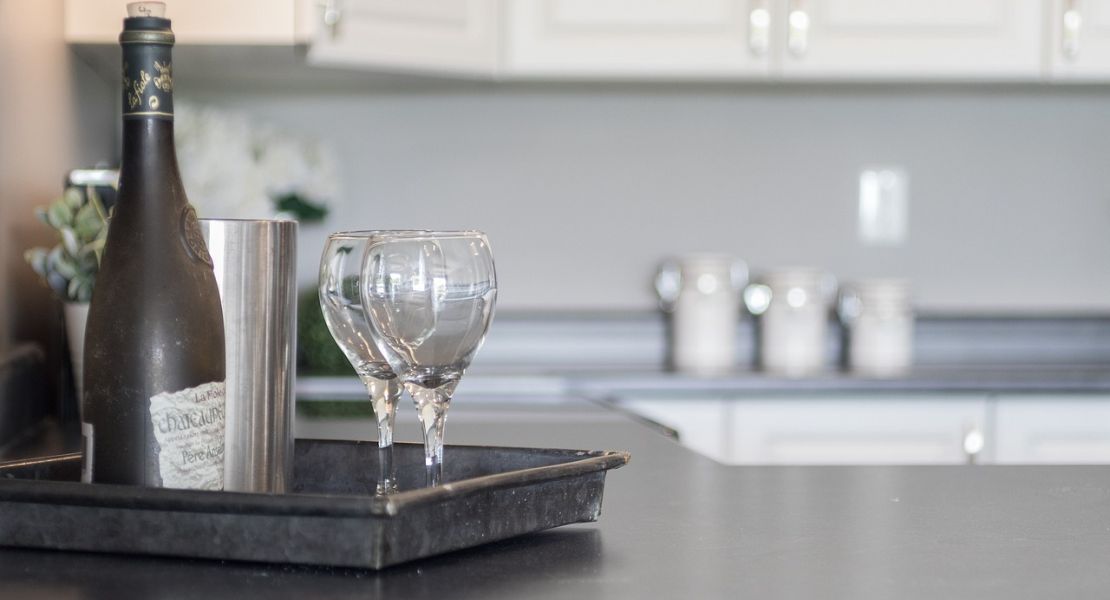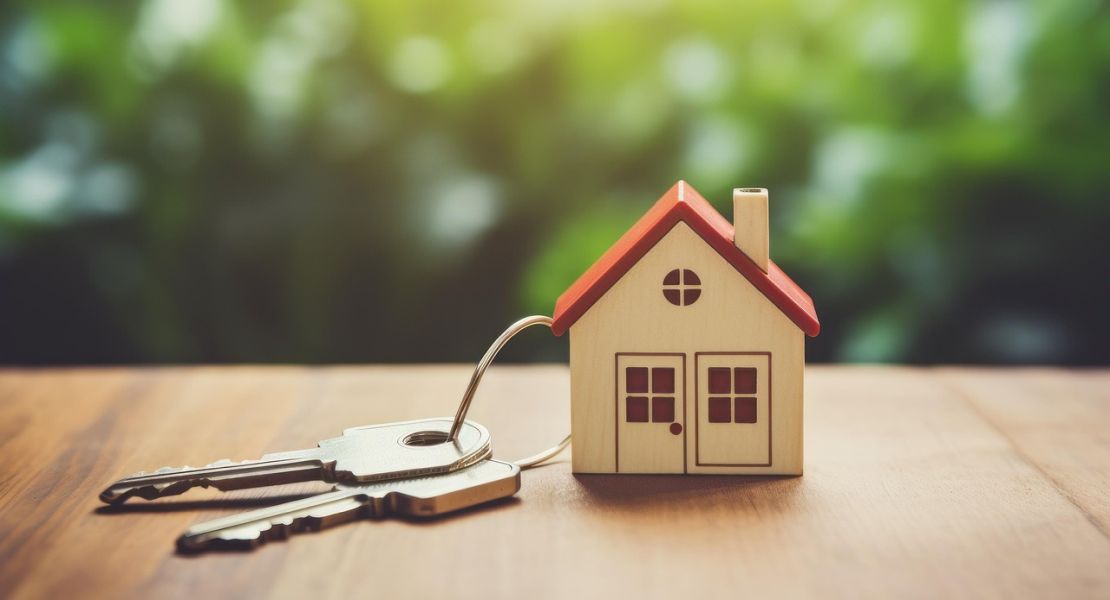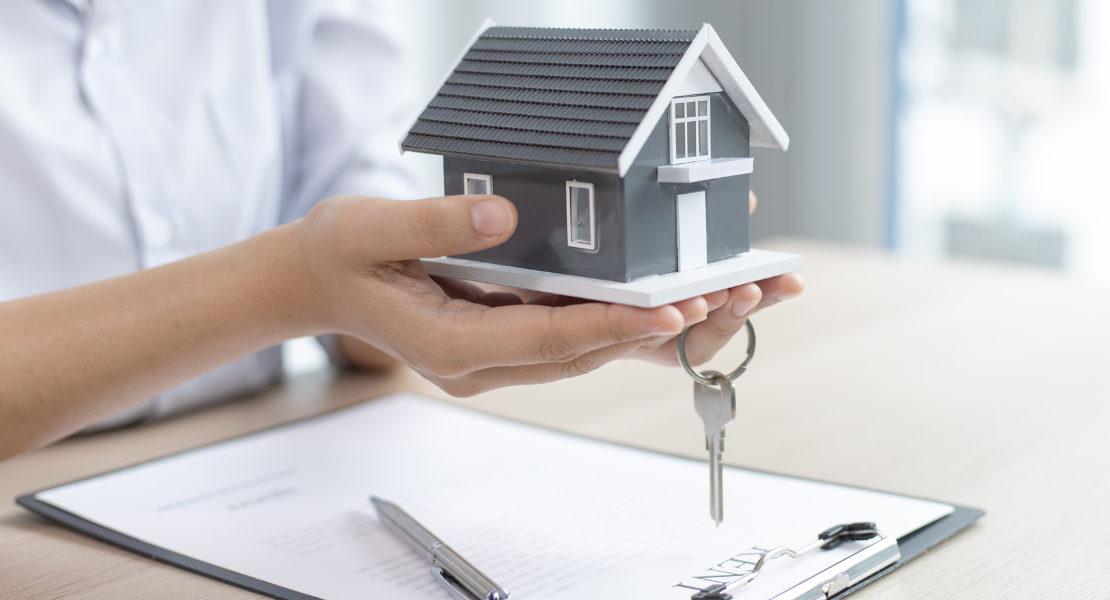Let’s start with a truth bomb: buyers don’t buy homes – they buy feelings.
A house is just walls and wires until someone walks in, gasps slightly, and imagines Sunday pancakes by the window. That’s not logic – that’s emotion. And that’s where the psychology of home staging becomes your secret sales weapon.
If you’ve ever wondered why staged homes feel “nicer” even if they’re basically the same as the unstaged one next door – this post is your peek behind the curtain.
Why the Psychology of Home Staging Matters
The psychology of home staging is all about perception. It’s how you guide a buyer’s brain – often subconsciously – to see value, comfort, and possibility.
Here’s the sciencey bit (without the lab coat):
When people view a space, their brains process emotional and sensory cues first, rational details second. That means they feel before they think.
Translation: by the time a buyer starts asking about the furnace, their heart has already voted “yes” or “meh.”
So, let’s dig into the mental levers that make staging magic work.
1. Decluttering Calms the Brain
Clutter equals chaos. Our brains crave visual simplicity because it reduces cognitive load.
The psychology of home staging uses this principle ruthlessly – clear counters, minimal décor, open sightlines.
A buyer’s subconscious reads “organized space” as “stress-free life.” And who doesn’t want less stress?
You don’t need a minimalist aesthetic; you need purposeful order. If it doesn’t serve beauty or function, hide it like it owes you money.
2. Neutral Doesn’t Mean Boring – It Means Universal
You love your purple accent wall. Your buyers probably won’t. That’s because colour triggers emotion, and strong personal tones (like deep red or neon green) create bias.
The psychology of home staging thrives on neutrality. Beige, white, light grey – they’re emotional blank canvases that let buyers mentally “paint” their own lives in the home.
Neutral = no distraction. And no distraction = faster emotional buy-in.
3. Lighting Changes Everything
Lighting might be the single most underestimated design tool in real estate.
The psychology of home staging tells us that warm, soft light feels cozy and secure, while harsh overhead lighting feels sterile and cold. It’s why candlelight dinners work and fluorescent office meetings don’t.
Layer lighting with purpose:
- Overhead lights for brightness
- Floor or table lamps for warmth
- Accent lighting for “mood”
And don’t forget: always, always open those blinds. Natural light = emotional serotonin.
4. Scent: The Invisible Persuader
Scent is memory’s best friend. It bypasses logic and hits the emotional centre of the brain faster than words or visuals.
That’s why the psychology of home staging sometimes involves subtle scenting – like baked cookies, clean linen, or fresh citrus. It makes buyers feel at home without realizing why.
Be careful though – no heavy perfumes or synthetic sprays. The goal is “fresh,” not “did someone spill Febreze in here?”
5. Furniture Placement Tells a Story
Empty rooms confuse buyers. They can’t visualize scale or function. Staging furniture isn’t about filling space – it’s about defining purpose.
The psychology of home staging leans on narrative: “This is where you’ll drink your morning coffee.” “This is where your kids will do homework.”
Each space becomes a scene in the story of their future life.
Pro furniture tip: Float furniture away from walls. It makes rooms feel larger and more inviting – even in condos.
6. Symmetry Soothes
Our brains crave order. Symmetrical arrangements – matching lamps, evenly spaced art – register as “stable” and “balanced.”
It’s why hotel rooms always feel subtly comforting.
The psychology of home staging leverages symmetry to make spaces feel more organized and expensive, even if you used IKEA.
7. Texture Creates Warmth (and Subconscious Value)
Ever wonder why luxury listings feature so many throws, baskets, and layered fabrics? Because texture equals richness.
According to the psychology of home staging, layered materials (velvet cushions, woven rugs, soft knits) activate touch associations that make a home feel more high-end – even if nothing structural changed.
You’re not just styling; you’re triggering sensory pleasure.
8. Personal Items = Distraction
Buyers don’t want to meet you. They want to meet themselves living there.
Family photos, quirky fridge magnets, and monogrammed towels break the illusion. They remind buyers this is someone else’s story.
The psychology of home staging says: depersonalize to depower distractions. Buyers mentally step into the home more easily when they’re not subconsciously comparing families, tastes, or pets.
9. Each Room Needs a Purpose
Rooms without clear function confuse buyers. That half-used storage space? Give it meaning. Turn it into a yoga corner, reading nook, or office setup.
The psychology of home staging thrives on defined spaces because it feeds imagination. Buyers don’t think, “What is this?” – they think, “That’s where I’ll work from home.”
Purpose sells. Ambiguity stalls.
10. Mood Music (Yes, Really)
Soft background music at showings might sound cheesy, but it works. Jazz, acoustic, lo-fi – calm tunes reduce anxiety, slow the heart rate, and make people linger longer.
The psychology of home staging taps into rhythm and tone to create emotional atmosphere. You’re not tricking anyone – you’re simply setting the stage for connection.
The Subtle Art of Influence
Here’s the wild thing: done right, buyers can’t pinpoint why they love your home.
They’ll just say things like, “It feels right” or “It feels bigger” – both are compliments engineered by the psychology of home staging.
You’ve primed them to feel good before logic kicks in. And logic always follows emotion.
The Numbers Don’t Lie
If you think this is just theory, here’s proof:
- Staged homes in the GTA typically sell 30–50% faster.
- On average, they sell for 5–10% more than unstaged equivalents.
- 83% of buyers’ agents say staging makes it easier for clients to visualize the property as their future home.
That’s not fluff – that’s ROI backed by neuroscience and data.
Why the Psychology of Home Staging Matters
The psychology of home staging isn’t smoke and mirrors – it’s emotional architecture. You’re not manipulating buyers; you’re helping them see what’s possible.
When you understand how people think, you don’t just decorate a space – you choreograph a feeling. And in real estate, feelings close deals faster than features ever will.




